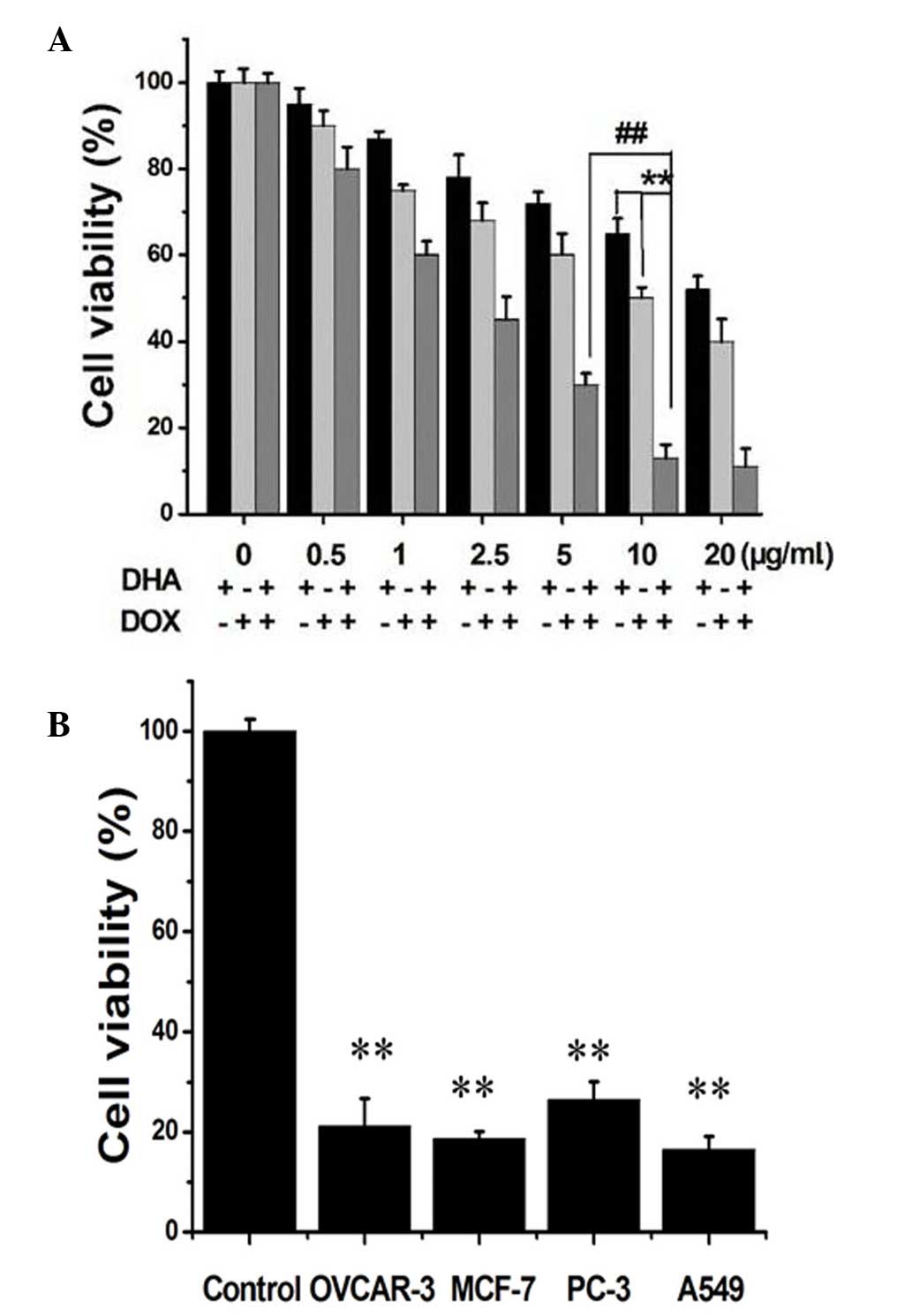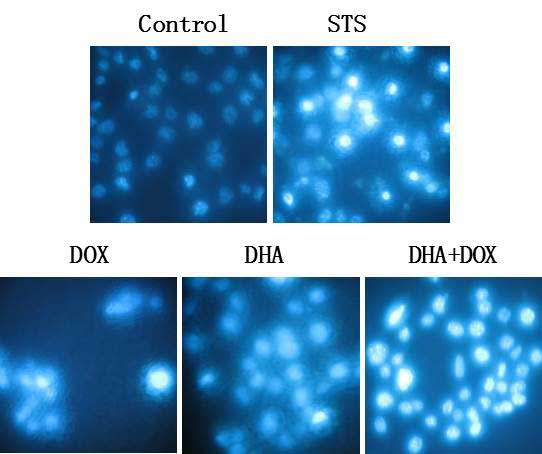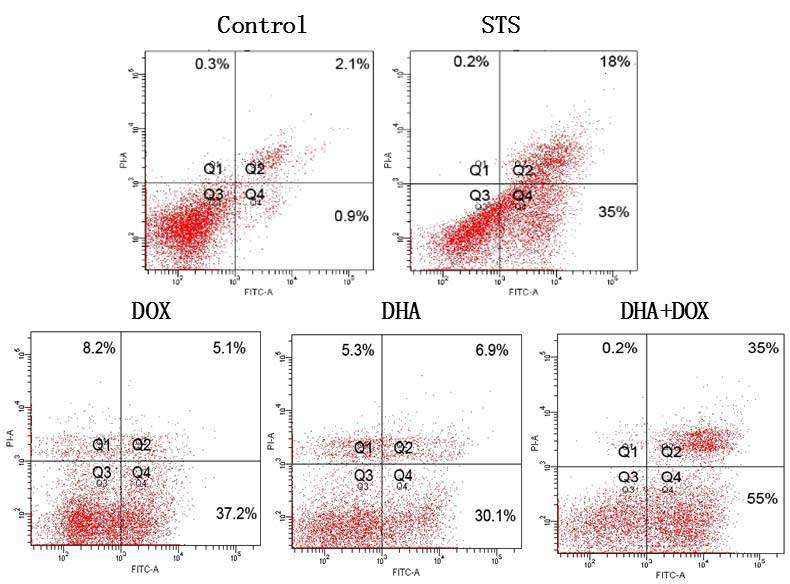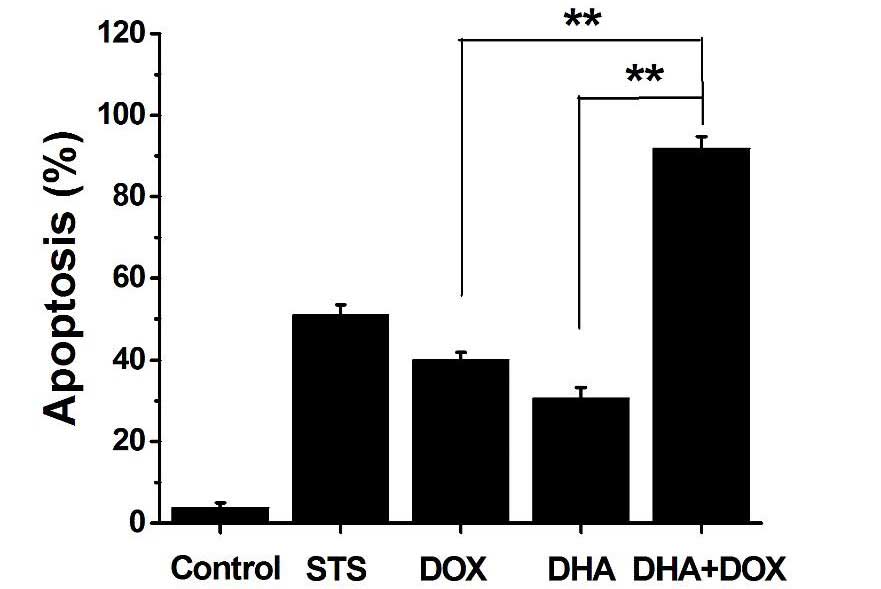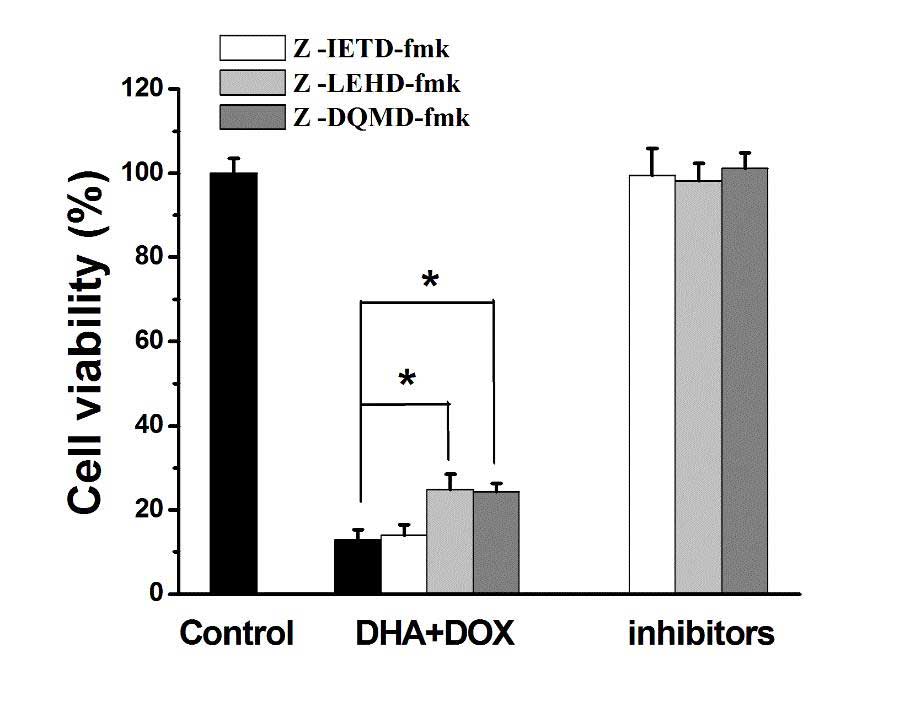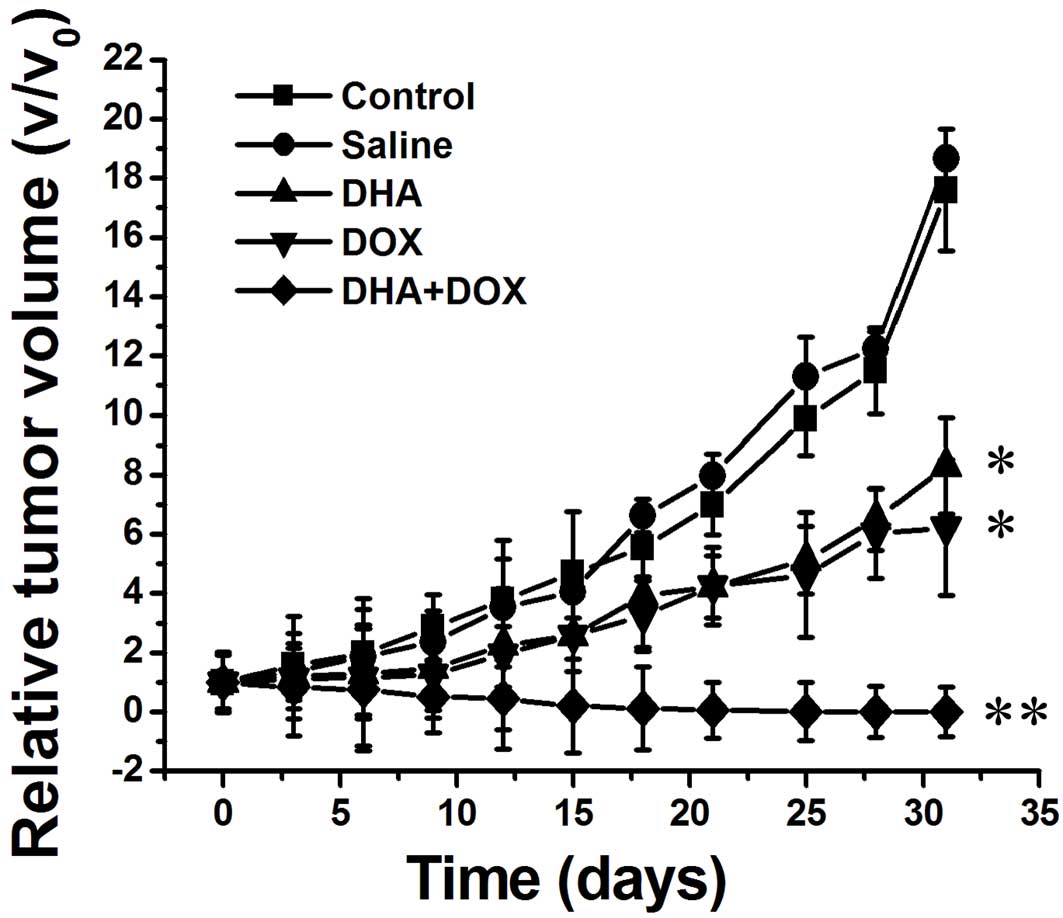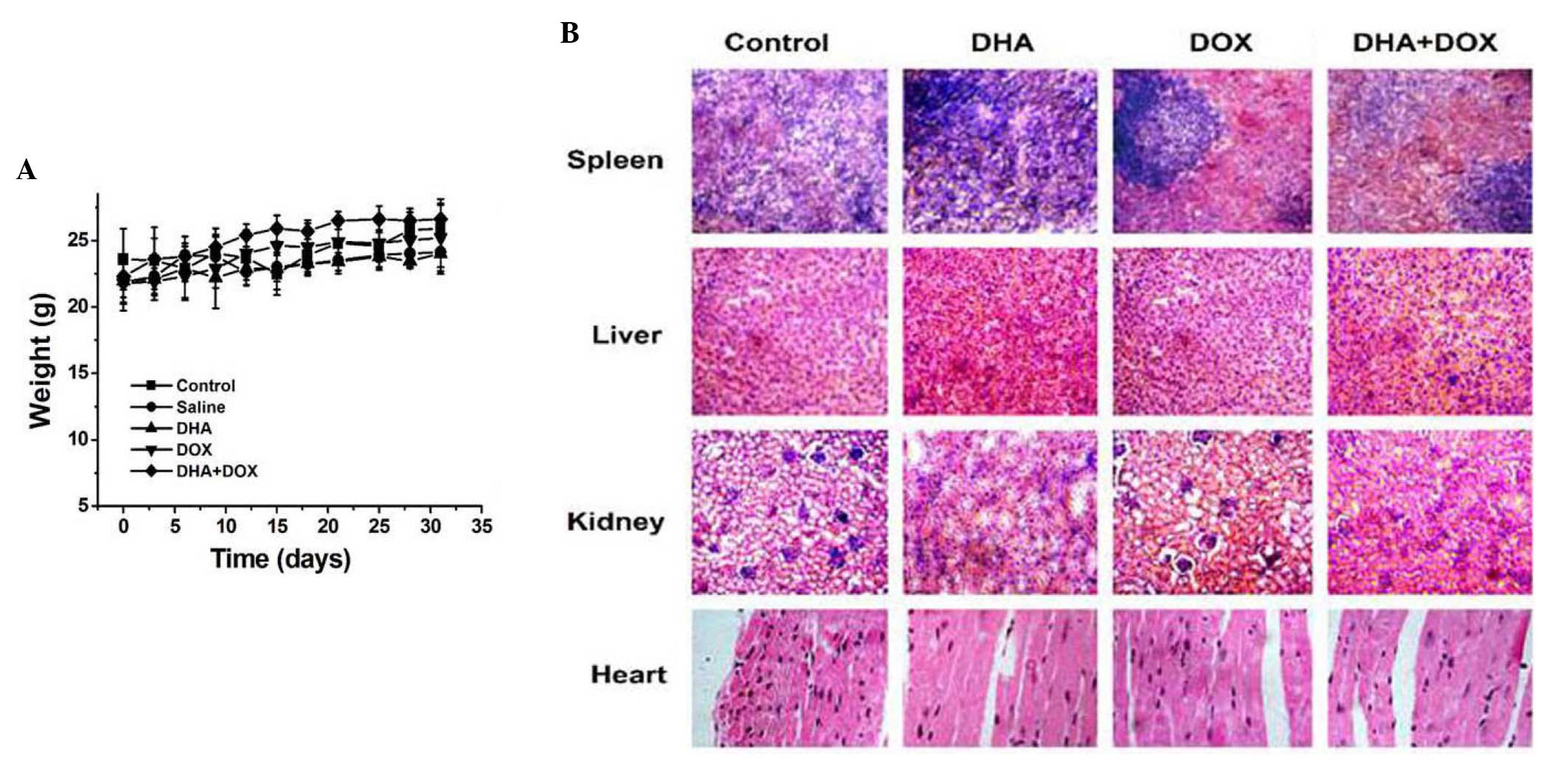|
1
|
Parkin DM, Bray F, Ferlay J and Pisani P:
Estimating the world cancer burden: Globocan 2000. Int J Cancer.
94:153–156. 2001. View
Article : Google Scholar : PubMed/NCBI
|
|
2
|
Chou TC: Theoretical basis, experimental
design, and computerized simulation of synergism and antagonism in
drug combination studies. Pharmacol Rev. 58:621–681. 2006.
View Article : Google Scholar : PubMed/NCBI
|
|
3
|
Roth AD, Maibach R, Martinelli G, Fazio N,
Aapro MS, Pagani O, Morant R, Borner MM, Herrmann R, Honegger H, et
al: Docetaxel (Taxotere)-cisplatin (TC): An effective drug
combination in gastric carcinoma. Swiss group for clinical cancer
research (SAKK), and the European institute of oncology (EIO). Ann
Oncol. 11:301–306. 2000. View Article : Google Scholar : PubMed/NCBI
|
|
4
|
Martello LA, McDaid HM, Regl DL, Yang CP,
Meng D, Pettus TR, Kaufman MD, Arimoto H, Danishefsky SJ, Smith AB
III and Horwitz SB: Taxol and discodermolide represent a
synergistic drug combination in human carcinoma cell lines. Clin
Cancer Res. 6:1978–1987. 2000.PubMed/NCBI
|
|
5
|
Huang FY, Lee TW, Chang CH, Chen LC, Hsu
WH, Chang CW and Lo JM: Evaluation of (188) Re-labeled PEGylated
nanoliposome as a radionuclide therapeutic agent in an orthotopic
glioma-bearing rat model. Int J Nanomedicine. 10:463–473. 2015.
View Article : Google Scholar : PubMed/NCBI
|
|
6
|
Karavitis J and Zhang M: COX2 regulation
of breast cancer bone metastasis. Oncoimmunology. 2:e231292013.
View Article : Google Scholar : PubMed/NCBI
|
|
7
|
Haynes RK: Artemisinin and derivatives:
The future for malaria treatment. Curr Opin Infect Dis. 14:719–726.
2001. View Article : Google Scholar : PubMed/NCBI
|
|
8
|
Guo Y, Shi X and Li L: Effects of
dihydroartemisinin on ovarian cancer HO-8910 cells and expression
of Akt. Zhong Guo Yi Xue Qian Yan Za Zhi. 7:17–18. 2012.
|
|
9
|
Howe LR: Inflammation and breast cancer.
Cyclooxygenase/prostaglandin signaling and breast cancer. Breast
Cancer Res. 9:2102007. View
Article : Google Scholar : PubMed/NCBI
|
|
10
|
Farh KK, Grimson A, Jan C, Lewis BP,
Johnston WK, Lim LP, Burge CB and Bartel DP: The widespread impact
of mammalian MicroRNAs on mRNA repression and evolution. Science.
310:1817–1821. 2005. View Article : Google Scholar : PubMed/NCBI
|
|
11
|
Schutte B, Nuydens R, Geerts H and
Ramaekers F: Annexin V binding assay as a tool to measure apoptosis
in differentiated neuronal cells. J Neurosci Methods. 86:63–69.
1998. View Article : Google Scholar : PubMed/NCBI
|
|
12
|
Cheung JY, Ong RC, Suen YK, Ooi V, Wong
HN, Mak TC, Fung KP, Yu B and Kong SK: Polyphyllin D is a potent
apoptosis inducer in drug-resistant HepG2 cells. Cancer Lett.
217:203–211. 2005. View Article : Google Scholar : PubMed/NCBI
|
|
13
|
Zhang JM, Wang HC, Wang HX, Ruan LH, Zhang
YM, Li JT, Tian S and Zhang YC: Oxidative stress and activities of
caspase-8, −9, and-3 are involved in cryopreservation-induced
apoptosis in granulosa cells. Eur J Obstet Gynecol Reprod Biol.
166:52–55. 2013. View Article : Google Scholar : PubMed/NCBI
|
|
14
|
Hsiao PC, Lee WJ, Yang SF, Tan P, Chen HY,
Lee LM, Chang JL, Lai GM, Chow JM and Chien MH: Nobiletin
suppresses the proliferation and induces apoptosis involving MAPKs
and caspase-8/-9/-3 signals in human acute myeloid leukemia cells.
Tumor Biol. 35:11903–11911. 2014. View Article : Google Scholar
|
|
15
|
Kong R, Jia G, Cheng ZX, Wang YW, Mu M,
Wang SJ, Pan SH, Gao Y, Jiang HC, Dong DL and Sun B:
Dihydroartemisinin enhances Apo2 L/TRAIL-mediated apoptosis in
pancreatic cancer cells via ROS-mediated up-regulation of death
receptor 5. PLoS One. 7:e372222012. View Article : Google Scholar : PubMed/NCBI
|
|
16
|
Sun Q, Teong B, Chen IF, Chang SJ, Gao J
and Kuo SM: Enhanced apoptotic effects of
dihydroartemisinin-aggregated gelatin and hyaluronan nanoparticles
on human lung cancer cells. J Biomed Mater Res B Appl Biomater.
102:455–462. 2014. View Article : Google Scholar : PubMed/NCBI
|
|
17
|
Posobiec LM, Clark RL, Bushdid PB, Laffan
SB, Wang KF and White TE: Dihydroartemisinin (DHA) treatment causes
an arrest of cell division and apoptosis in rat embryonic
erythroblasts in whole embryo culture. Birth Defects Res B Dev
Reprod Toxicol. 98:445–458. 2013. View Article : Google Scholar : PubMed/NCBI
|
|
18
|
Park J, Lai HC, Singh M, Sasaki T and
Singh NP: Development of a dihydroartemisinin-resistant Molt-4
leukemia cell line. Anticancer Res. 34:2807–2810. 2014.PubMed/NCBI
|
|
19
|
Wang Y, Xu L, Duan Z, Cao K, Luo J, Xu Y
and Shi P: Effects of ADM on cell apoptosis and expression of FAK
mRNA in K562. J Trop Med. 12:1195–1198. 2012.
|
|
20
|
Brentnall M, Rodriguez-Menocal L, De
Guevara RL, Cepero E and Boise LH: Caspase-9, caspase-3 and
caspase-7 have distinct roles during intrinsic apoptosis. BMC Cell
Biol. 14:322013. View Article : Google Scholar : PubMed/NCBI
|
|
21
|
Wan L and Zheng X: Expression pattern and
function of SATB1 in the invasiveness of thyroid carcimoma. Chin J
Biochem Pharm. 34:18–20. 2014.
|















